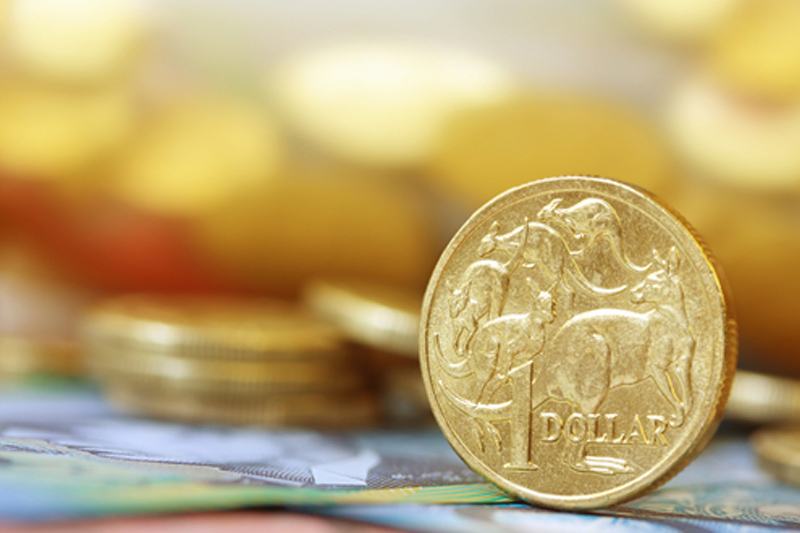By Wayne Cole
SYDNEY, March 11 (Reuters) - The Australian and New Zealand dollars were fighting a rearguard action on Monday as investors priced in ever-more aggressive rate cuts at home, and steady policy for the United States.
The Aussie dollar AUD=D3 was holding on at $0.7034, having sunk as deep as $0.7003 on Friday before a mixed U.S. payrolls report knocked its U.S. counterpart backward. Resistance is lined up around $0.7050 with more at $0.7092.
The kiwi dollar NZD=D3 was a shade softer at $0.6789, but still up from last week's low at $0.6745. Resistance comes in at $0.6811 and a range of former tops from $0.6830 to $0.6850.
The U.S. jobs report surprised with only 20,000 new hires in February, though analysts suspected much of the weakness was payback for the U.S. government shutdown in January which boosted jobs sharply that month as stood-down workers sought employment. miss pulled down Treasury yields as investors wagered against a U.S. rate hike this year.
Speaking on Sunday, Federal Reserve Chairman Jerome Powell said the U.S. central bank does "not feel any hurry" to change interest rates as it watches how a slowing global economy affects local conditions. investors are also wagering that rates will have to be cut in Australia given sluggish economic growth, low inflation and a slowdown in its biggest export market, China.
Futures 0#YIB: are now fully priced for a quarter-point reduction in the 1.5 percent cash rate by September, with a greater-than 50 percent probability of a further easing to 1.0 percent afterward.
Three-year bond yields AU3YT=RR have fallen steadily to stand at 1.599 percent, only just above the cash rate while three-year futures YTTc1 are near their highest since late 2016 at 98.390.
The 10-year contract YTC1 hit its highest since October 2016 at 98.0300, implying a yield of 1.97 percent.
Markets are also pricing in the chance of policy easing in New Zealand, even though the run of economic data there has been much stronger recently than in Australia.
Yields on two-year paper NZ2YT=RR are actually below the 1.75 percent cash rate at 1.655 percent.
Yet speculators seem to be ignoring strength in retail sales and construction which pointed to a risk that coming figures on December-quarter economic growth could surprise on the high side.
"After adding up the building blocks for GDP, pricing for a rate cut appears increasingly less justified," said Annette Beacher, chief Asia-Pacific macro strategist at TD Securities.
So far, the numbers suggested the economy grew a brisk 1 percent in the quarter, from the previous quarter, beating even the central bank's forecast of 0.8 percent, said Beacher.
Figures out on Monday showed demand had remained solid into the new year with electronic retail card spending rising 0.9 percent in February and 3.4 percent for the year.
